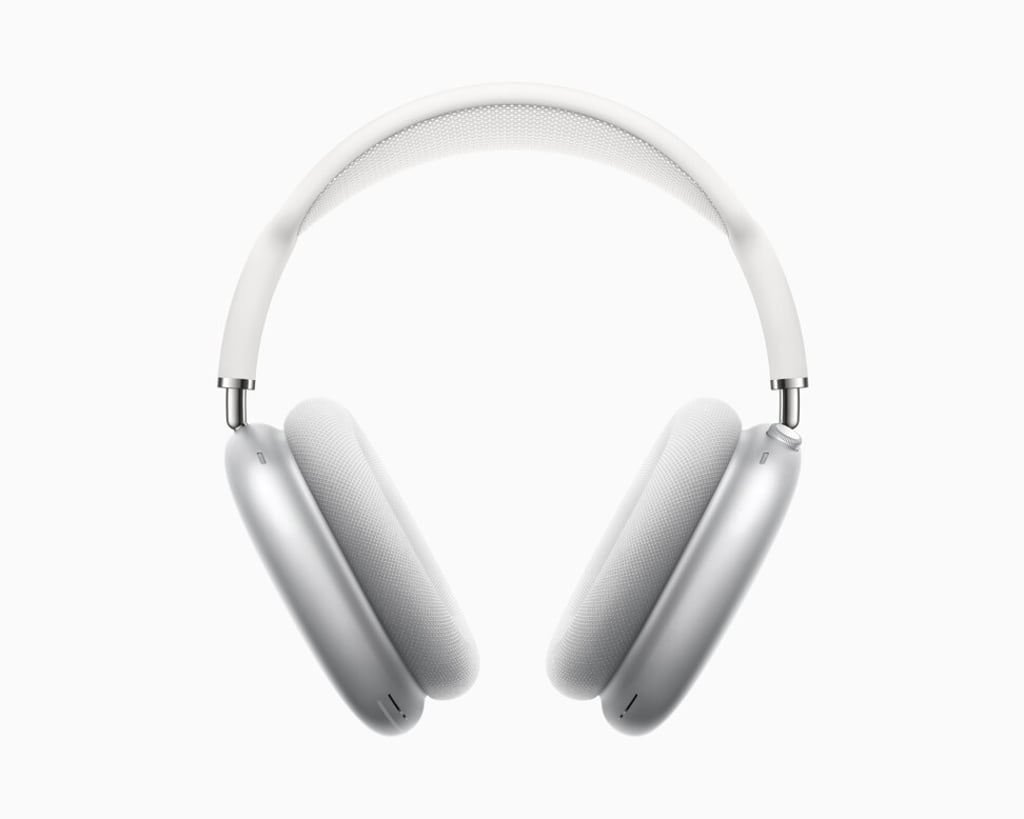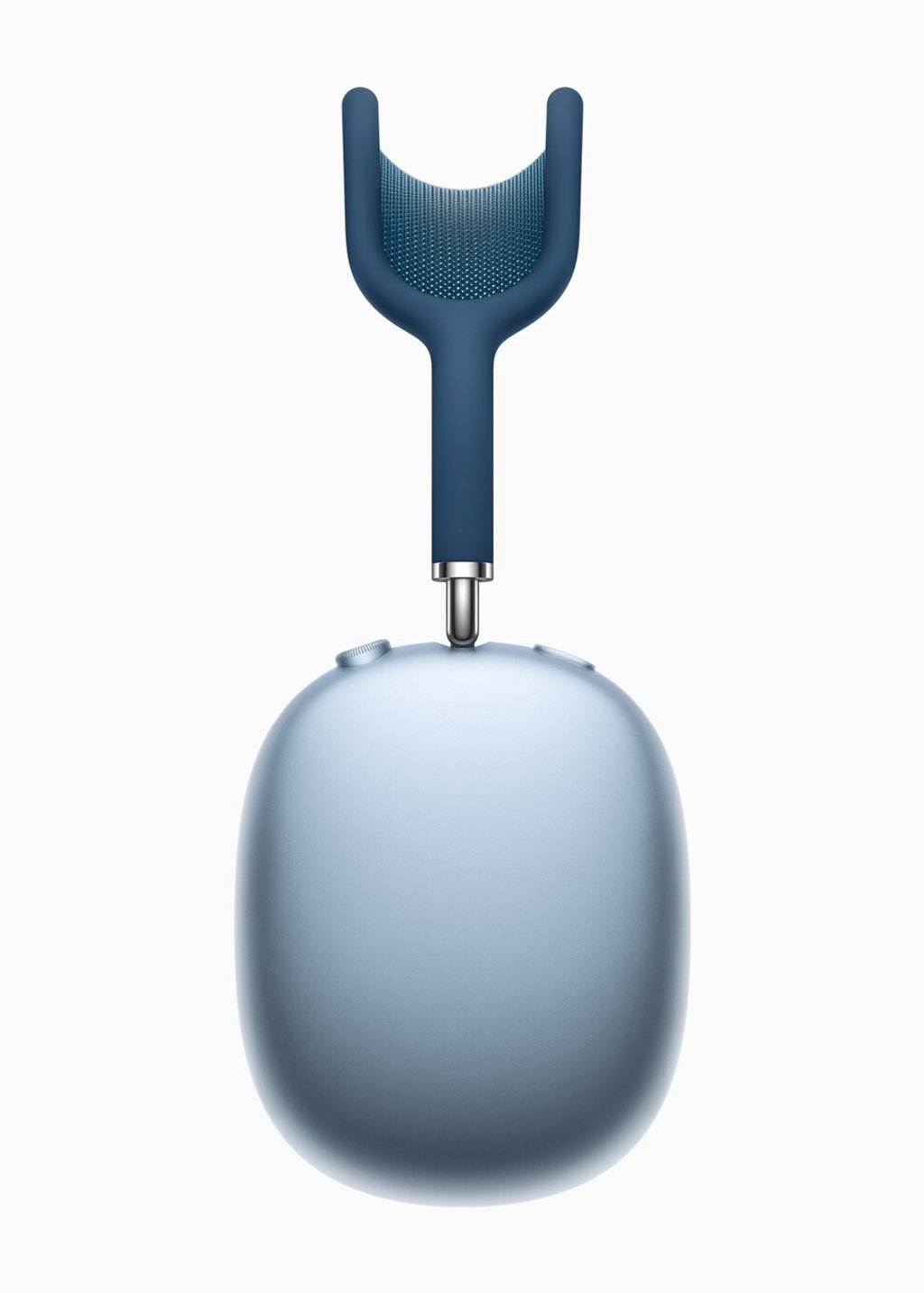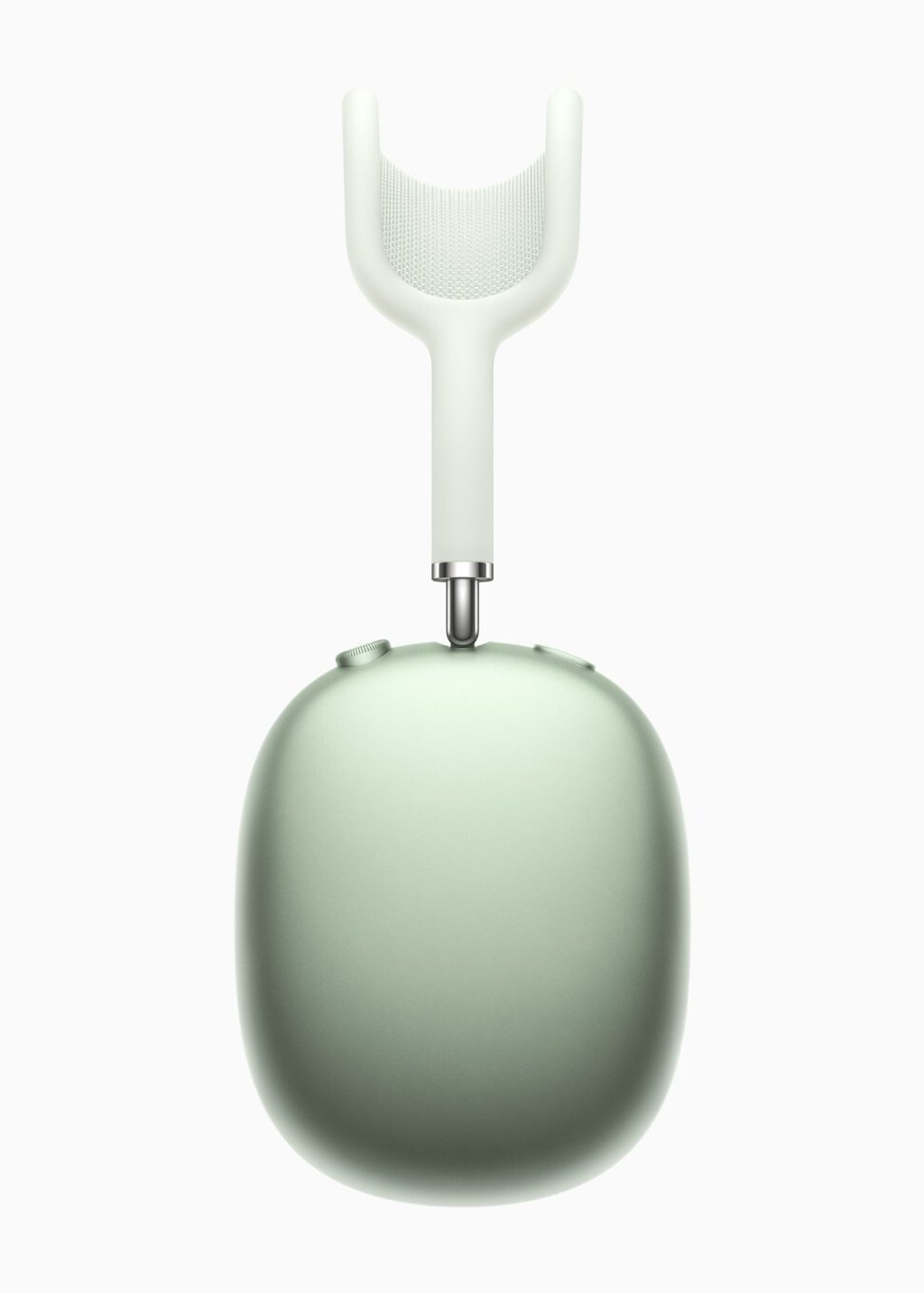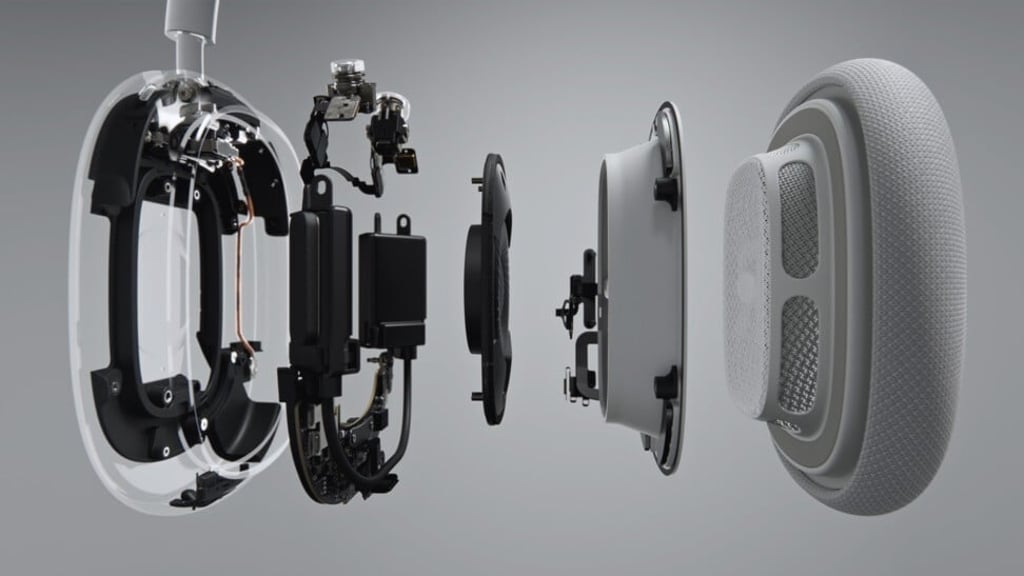Are Apple’s AirPods Max worth US$590? Adaptive EQ and Spatial Audio technology sure sound fancy – but how exactly do they work?

Are Apple’s AirPods Max the ultimate over-ear headphones? Brand first launches just in time for Christmas and might boast the most personalised sound yet

“With AirPods Max, we are bringing that magical AirPods experience to a stunning over-ear design with high-fidelity audio,” said Greg Joswiak, Apple’s senior vice-president of worldwide marketing. “The custom acoustic design, combined with powerful H1 chips and advanced software enable AirPods Max to use computational audio to wirelessly deliver the ultimate personal listening experience.”
The headphones are an Instagrammer’s dream with colour options that include pink, green and sky blue – the latter of which matches beautifully with the light blue iPad and navy iPhone, by the way – as well as silver and space grey.

Visually appealing they may be, but the most significant functions of the headphones come down to their superior user-friendly technology, most notably the Adaptive EQ and Spatial Audio.
The Adaptive EQ tech makes for a more personalised experience by adjusting the audio to the fit and seal of the ear cushions. The headphones measure the sound signal delivered and adjust the mid and low frequencies of the audio in real time for a tailor-made experience. If there is any frequency loss due to fit, the Adaptive EQ will make up for it.

The Spatial Audio technology is the real game-changer. With the help of a gyroscope and accelerometer, the headphones track both your head movement and the connected device, and the complex algorithm compares the motion data and remaps the sound field. This means that the headphones stay anchored to the device despite head movement, and if you move the device around, the sound will track with it, providing an immersive experience for audio recorded in 5.1, 7.1 and Dolby Atmos.

Other functions include Active Noise Cancellation and Transparency Mode. Each ear cup includes four microphones – three outward-facing ones to detect environmental audio and one inward-facing to monitor the sound for the user. The transparency function, which allows the user to hear the surrounding environment as well as chosen audio, is a given for modern headphones and users on the go can toggle between noise cancellation and transparency easily through a single press of the noise control button.